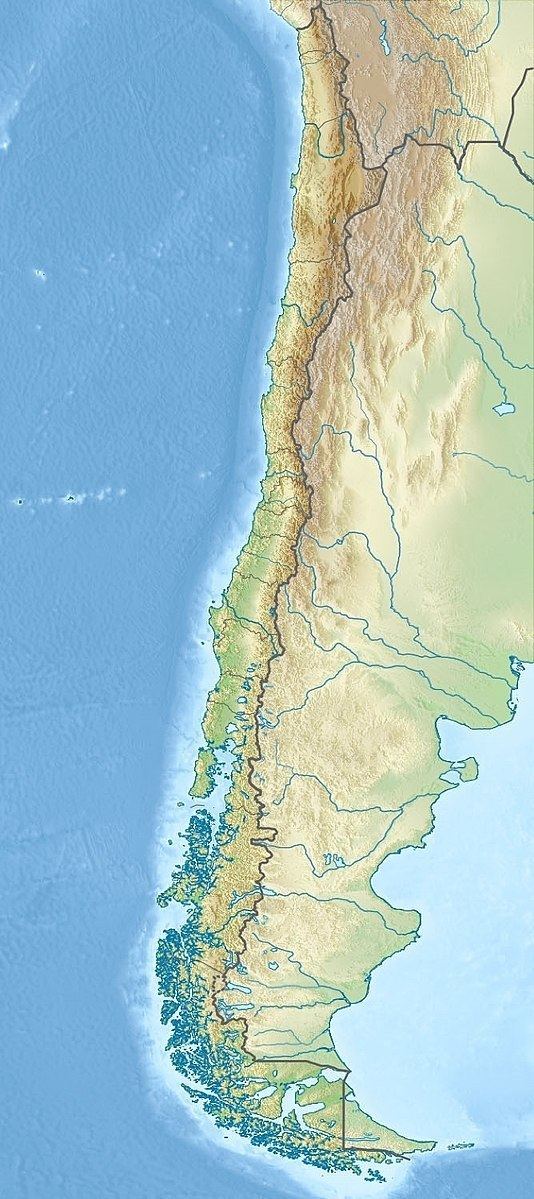Order Anura Higher classification Alsodes | Phylum Chordata Scientific name Alsodes kaweshkari Rank Species | |
 | ||
Similar Alsodes monticola, Alsodes, Amphibians, Frog, Alsodes montanus | ||
Alsodes kaweshkari is a species of frog in the family Alsodidae. This rare species is endemic to southern Chile where it is known from two specimens, the holotype that was collected from Puerto Edén (Wellington Island), and one paratype from Seno Huemules on the mainland.
Contents
Etymology
The specific name kaweshkari refers to Kaweshkar Indians, "brave people" and hunters of sea lions who live in Puerto Edén.
Description
Both type specimens are males. They measure 56.5 and 62.2 mm (2.22 and 2.45 in) in snout–vent length (i.e., large in comparison to most other Alsodes). The body is robust. The flanks and dorsal surfaces are granular, as is the skin around vent and posterior thighs. The ventral skin is smooth with minute granules. The dorsum, arms, and legs are brown; the areas around nostrils, lips and, eyes are light brown. The iris has a coppery reticulum. Belly is whitish yellow. The tympanum is absent. The toes are fringed and have some webbing at their bases. The fingers are unwebbed. However, fingers have some spines in males—a secondary sex characteristic, as are the black patches of keratinous spines in the chest.
The holotype was destroyed by fire on 3 December 2007.
Habitat and conservation
Both locations have small forests composed of Nothofagus betuloides, Embothrium coccineum, Maytenus magellanica, and Drimys winteri, surrounded by tundra. One specimen was collected under a log at the forest-tundra border, the other by a small stream, both near the sea level (8–10 m (26–33 ft) asl).
The species was last seen in 1998 and expeditions in 2001 and 2002 in the same area failed to find it. The threats are unknown but it is known to occur in the Bernardo O'Higgins National Park.
